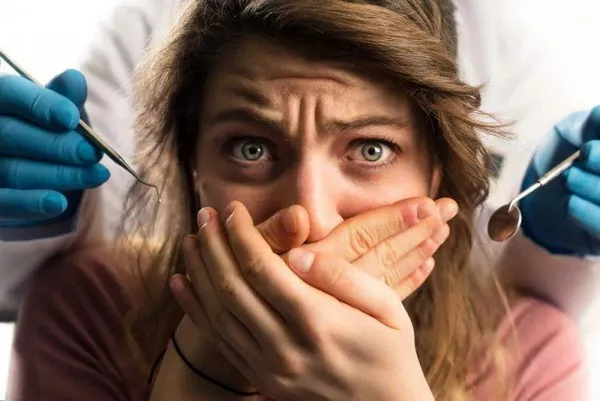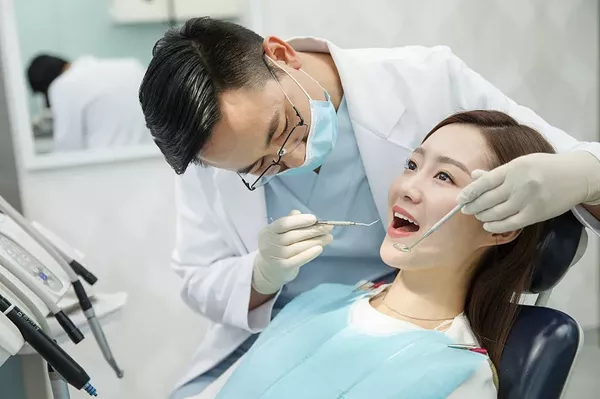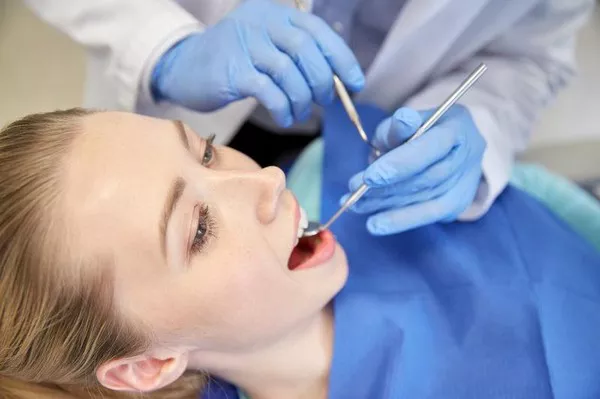A radiant smile can be a powerful asset, but yellow stains between teeth can diminish its allure. Many individuals face the challenge of discolored spaces, affecting their confidence. In this article, we explore effective strategies to get rid of those pesky yellow stains and restore the natural brightness of your smile.
1. Understand the Culprits: Identifying the Causes of Yellow Stains
Before delving into solutions, it’s crucial to understand what causes yellow stains between teeth. Common culprits include:
Poor Oral Hygiene: Inadequate brushing and flossing can lead to plaque buildup, causing yellow stains.
Tobacco Use: Smoking or chewing tobacco can contribute to stubborn stains.
Dietary Choices: Foods and beverages with high pigment content, like coffee, tea, red wine, and berries, can stain teeth.
Aging: Over time, tooth enamel naturally wears down, revealing the yellowish dentin underneath.
2. Maintain Excellent Oral Hygiene: The Foundation of a Bright Smile
A consistent and effective oral hygiene routine is the first step in combating yellow stains. Consider the following practices:
Regular Brushing: Brush your teeth at least twice a day using a fluoride toothpaste.
Flossing: Clean between your teeth daily to remove plaque and prevent stains.
Mouthwash: Use an antiseptic mouthwash to reduce bacteria and freshen breath.
3. Whitening Toothpaste: A Simple Solution
Whitening toothpaste is formulated to remove surface stains and lighten tooth color. Incorporate a reputable whitening toothpaste into your oral care routine. Ensure it has the American Dental Association (ADA) seal for safety and effectiveness.
4. Oil Pulling: An Ancient Remedy
Oil pulling, an ancient Ayurvedic practice, involves swishing oil (commonly coconut oil) around your mouth for about 15-20 minutes. This is believed to reduce bacteria and improve oral hygiene, potentially aiding in stain removal. However, scientific evidence on its effectiveness is limited.
5. Baking Soda: A Natural Whitening Agent
Baking soda, or sodium bicarbonate, has mild abrasive properties that can help remove surface stains. Create a paste by mixing baking soda with water and brush your teeth gently. Limit usage to a few times a week, as excessive scrubbing may damage tooth enamel.
6. Hydrogen Peroxide: A Teeth Whitening Agent
Hydrogen peroxide, a common teeth-whitening ingredient, can be used safely at home. Create a mouthwash by diluting hydrogen peroxide with water (1:1 ratio), swish it around your mouth, and spit it out. Be cautious not to swallow the solution, and avoid using it too frequently to prevent irritation.
7. Professional Teeth Whitening: Optimal Results Under Supervision
For more stubborn yellow stains or those that extend beyond the surface, professional teeth whitening is a viable option. Dentists use stronger bleaching agents and specialized techniques to achieve optimal results. Consult with your dentist to determine the best approach for your specific needs.
Conclusion: Illuminating Your Confidence
Yellow stains between teeth can be a source of concern, but with the right strategies, you can regain a brighter, more confident smile. Consistent oral hygiene practices, the use of whitening toothpaste, natural remedies like oil pulling and baking soda, and professional interventions when necessary, can collectively contribute to achieving a radiant smile.
Remember, individual results may vary, and it’s essential to consult with your dentist before adopting any new oral care practices, especially when dealing with stains that may require professional intervention. By incorporating these methods into your routine, you’re not just eliminating stains; you’re illuminating your confidence and showcasing a smile that truly reflects your oral health and well-being.
How to make white teeth from yellow?
Do Whitening Strips Work On Braces
Which Teeth Are Stronger: White or Yellow?






























